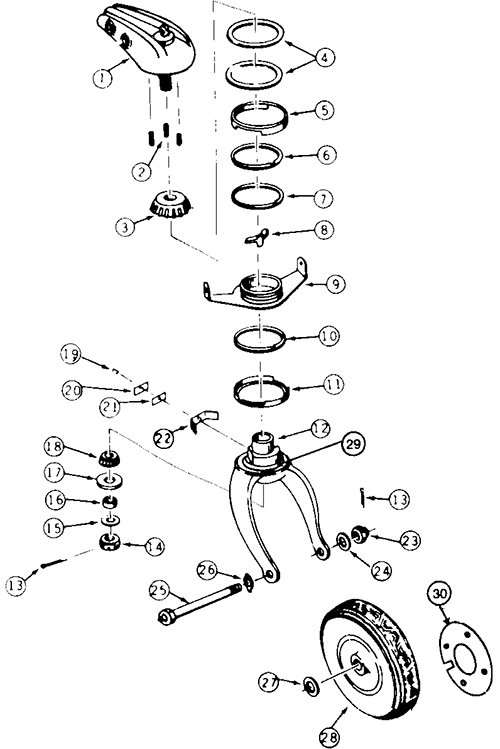VWGhiaBob
Line Up and Wait
- Joined
- Mar 17, 2013
- Messages
- 884
- Display Name
Display name:
VWGhiaBob
Gosh...old bi-planes are hard to fly! It was a calm day, beautiful, no wind at KCRQ near San Diego. I notice a bi-plane pass by in a bit of a high flare. The tower tells me to line up and wait. I look up and the gorgeous open cockpit plane is bouncing a bit. Then, without warning, the tail swings around, the wing hits the ground, and the right wheel bends over. The poor guy ends up facing the wrong way on the runway.
My weekend is ruined...Airport closed and had to rent a car to come home. Worse, I feel really bad for the guy. I heard he spent years restoring it and flying is is life passion.
Makes me wonder if I will ever get that tailwheel endorsement!
My weekend is ruined...Airport closed and had to rent a car to come home. Worse, I feel really bad for the guy. I heard he spent years restoring it and flying is is life passion.
Makes me wonder if I will ever get that tailwheel endorsement!
Last edited:

 The detented ones I've had pop out on me, bet never a locking one.
The detented ones I've had pop out on me, bet never a locking one.

